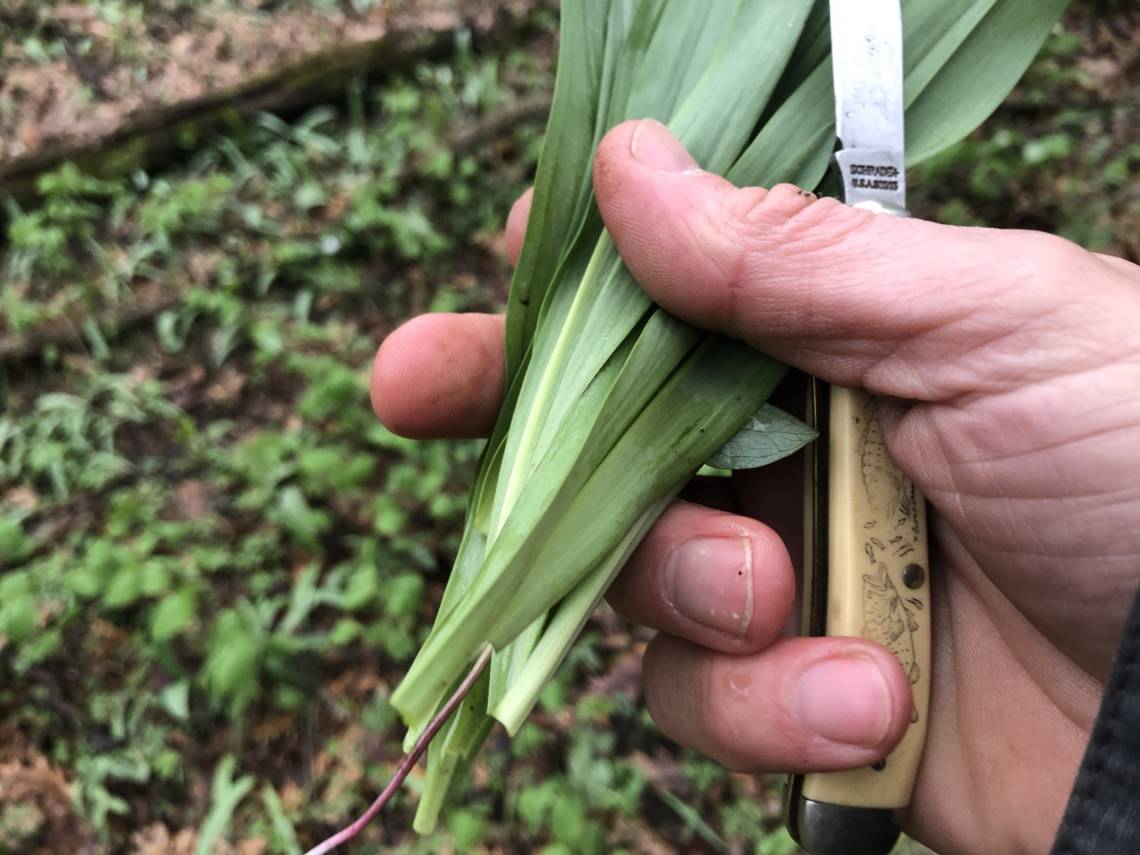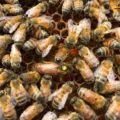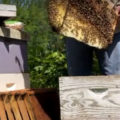Here in SE Indiana, April/May is morel and ramp season. For those days we go out and not find the beloved morel mushroom, we can pacify ourselves a little when we bring back some saddles and wild ramps.
Ramps, aka Allium tricoccum, or spring onions are a North American perennial. Think green onion with 2-3 much broader leaves, and more of a pungence. There are a couple of varieties too. Around here, there is a variety that has a purple/burgundy streak coming up the leave stems (tricoccum) from the bulb, and there is the narrower leaf variety with no purple (burdickii). While the entire plant of both varieties is edible, we try to preach harvesting them sustainably. You can wipe out a ramp patch if you give no thought to harvesting. Ramps are bulb-dividing, rhizomes… just like ginseng and ginger. Their popularity has seen a surge in the last few years. About 5 years ago, I transplanted some on to my own property and have been leaving them alone to do their thing.

Ramps from seed can take 6 to 20 months to germinate and even after germination, another 5-7 years before it is large enough to harvest. Remember that when you eat the bulb of a ramp, it likely took up to 7 years to form. It’s my thought that if we’re eating them, we need to be propagating them even more. Generally, I harvest only the leaves… and on occasions, I will take some bulbs from a well-established ramp patch to make a jar of pickled bulbs, or another personal application. Still, I cut the roots from the bulb in a way that keeps them intact, and I’ll return those to the ground. It’s the least I can do. Moral of the story is, if you take, then you should work to put back.
Below are some picks of my personal ramp patches (both varieties) and some public lands I hunt on.

Close up of burdickii patch. 
Burdickii variety, narrower leaves. 
Harvesting just the leaves. Leave one leaf alone. 
A nice burdickii patch. 
Tricoccum variety – Wider leaves. 
Around here, there is no burgundy color on the burdickii variety. 
Ramps, leaves only harvested in bucket. 
Ramps cleaned and drying.
Now that we know how to properly identify and harvest wild ramps, let’s talk applications. I’ve always enjoyed the greens sautéed in butter and garlic… and of course with sliced morels! This year, I wanted to change things up. Thus far, I have not harvested any roots or bulbs and limited my harvesting to only the leaves. With these leaves, I have a few other projects underway. Click it out:





Leave a Reply